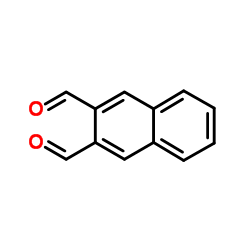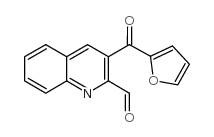| 结构式 | 名称/CAS号 | 全部文献 |
|---|---|---|
 |
2,3-萘基二缩醛
CAS:7149-49-7 |
|
 |
3-(2-呋喃基)喹啉-2-甲醛
CAS:126769-01-5 |